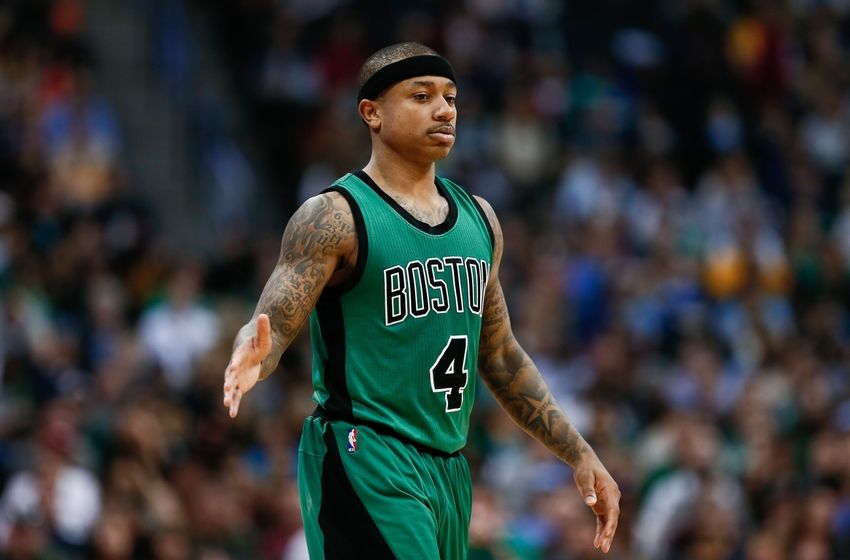We truly believe here at FantasyLabs that we have the most unique tools and data available to DFS users. However, we also realize that those tools and data are only as awesome and helpful as our ability to effectively communicate how to use everything. As such, we will continually listen to feedback of what you need and try our best to teach our subscribers how to use all of the cool things we have to offer.
With this in mind, we’ve begun a “Trend of the Day” series. Every weekday we’ll walk our subscribers through an important trend for that day’s slate of games.
Matchups against the Utah Jazz are always interesting to analyze, and especially so if the team they’re matching up against is a high-paced team. That’s exactly what we have tonight, as the third-fastest team in the Boston Celtics — only slightly behind the Warriors and Kings in terms of possessions per 48 — matches up against the slowest-paced team in the Jazz. This is reflected in both our Models and Trends, specifically with our “paceD,” or pace differential, statistic.
Trend: Teams with a PaceD of -7 or Lower
Step 1: Trends > paceD > Set to “-10 to -7”

In general, the Plus/Minus is negative — which is expected — but it’s not nearly as bad as I thought it would be. Because NBA DFS is such a daily sport, salaries cannot rise and fall in between matchups nearly as much as they can in NFL, where there is a week between games. As such, when players are in a really bad “pace matchup” — when they’re playing a lot slower than normal — we would expect a fairly bad Plus/Minus. Because Plus/Minus is salary-adjusted, it seems that being just as expensive in a high-paced game as a low-paced game is a very bad spot for that player.
But as said above, it’s not really that bad. Let’s look further into this, by looking at players that will be getting 20 minutes.
Step 2: Projections > Proj Minutes > Set to “20 to 48″

This is weird. Now it’s positive, which suggests that lowering players due to a pace-down game is potentially overrated. However, I wonder if this data could be getting a little skewed by the high-paced Warriors…

There’s probably some truth to that idea. Finally, let’s look at players priced at $7,000 on DraftKings or more — these are potentially the “studs” that we can get at a matchup discount, especially in tournaments. If the Plus/Minus is high, that’s very intriguing, as this could be a fairly big inefficiency to exploit in GPPs.
Step 3: Player Filters > Salary > Set to “7000 to 115000″

Wow. That’s something. Players priced $7k or higher in really bad pace matchups are crushing value. The count is fairly low to be fair, but I don’t think it’s low enough to disregard the data.
This confirms to me that these players are incredible GPP plays — this is a perfect way to get in studs at a lower ownership cost. And since we can backtest the data, it shows that the ownership cost shouldn’t be that big, since these players are still way outperforming their salaries.
Okay, let’s end with the current matches for tonight…

The Pizza Guy himself. Does this mean you should order pizza tonight, roll out Thomas in your GPP lineups, and watch the money roll in? I mean, I’m not saying that’ll definitely happen, but yes.

